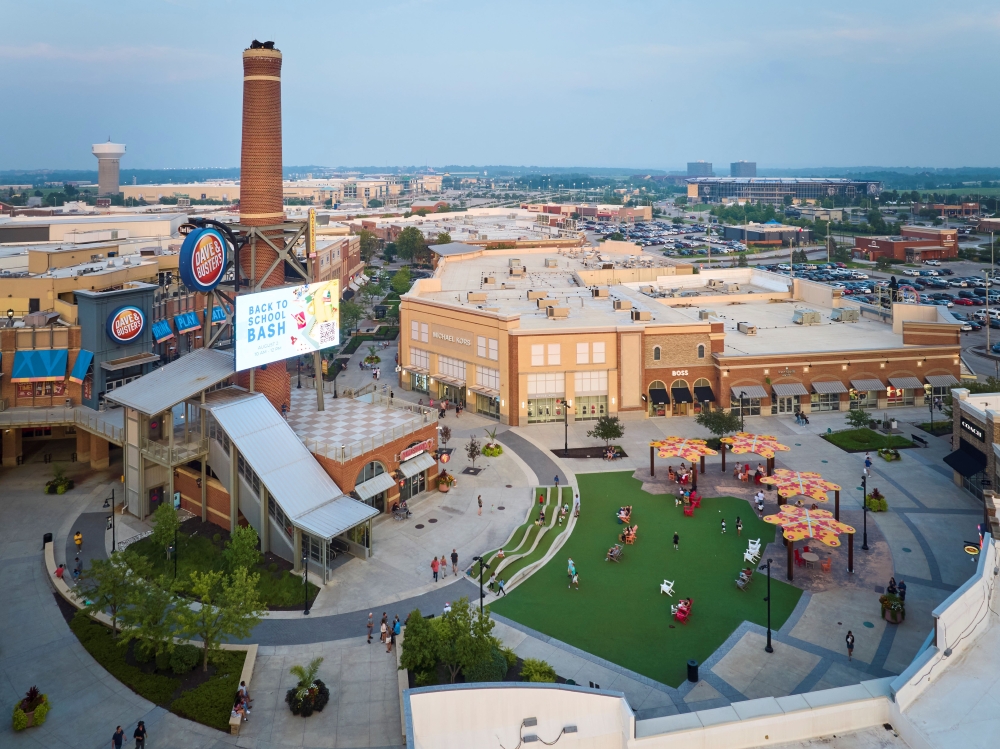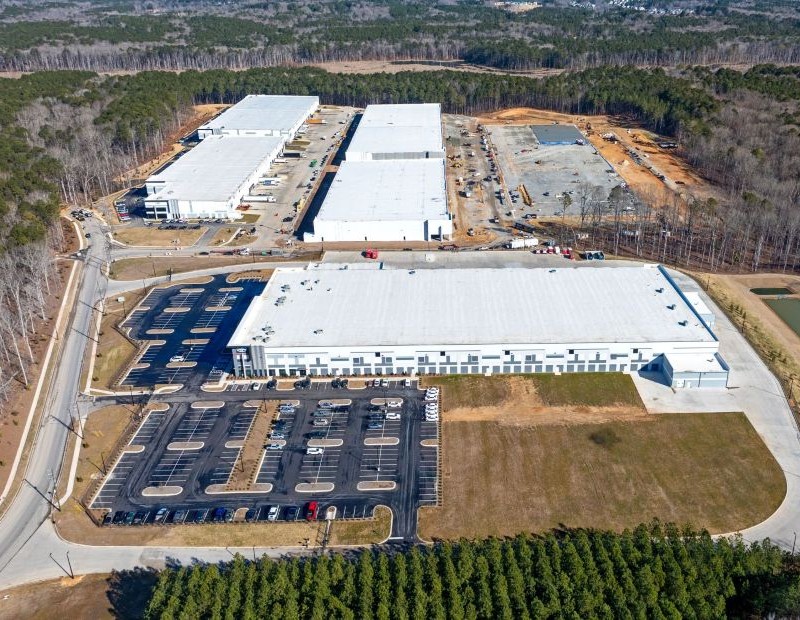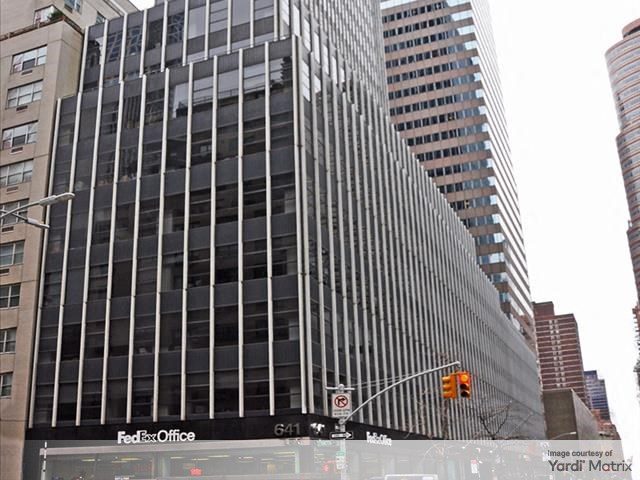Shopping Center REITs Are Making a Comeback
Despite perceptions to the contrary, more stores opened than closed in the past three years, writes Fitch Ratings' Chris Wimmer.

Shopping centers across the U.S. faced several years of challenges due to the COVID-19 pandemic and subsequent recovery period. However, shopping centers (including strip, power and neighborhood centers) benefited from government support programs during the pandemic and have experienced rapid recovery since, growing on average between 2 and 3 percent over the last five years. There are several tailwinds working in shopping center REITs’ favor, even as they grapple with macroeconomic factors such as inflation and lower consumer spending.
New construction is down
New shopping center construction peaked prior to 2008, with annual growth of more than 1,000 million square feet. New construction has slowed significantly since the financial crisis, with about 20 million square feet to 30 million square feet of new supply per year. This trend is expected to continue downward. The lack of new retail space is a positive for shopping center REITs, as it increases demand. While headlines are dominated by store closings by well-known but faltering retailers, there have been more stores opened in the prior three calendar years than have closed. This means that once a space is vacated, there is a very good chance it will be leased and occupied in rapid succession given the lack of newly built retail space.
Shopping center REITs more attractive
As the retail sector grapples with bankruptcies and the continued decline of certain big-box stores, shopping center REITs are an attractive alternative for investors. Shopping center REITs recovered quickly from the pandemic due in part to the designation of grocery stores as essential services. They have since demonstrated steady growth in net operating income and potential for future rent increases given the lack of new supply. The growth is driven by the replacement of big-box retailers with stronger anchor tenants, such as grocers. Shopping center REITs often include tenants with investment grade credit ratings and tend to include a more diverse set of tenants, which provides protection if some tenants perform poorly. On the other hand, enclosed malls continue to see a downturn as online shopping and shifting consumer habits have led to store closures and retail bankruptcies. At the same time, online sales have hit a plateau, and online retailers face their own challenges with cost management.
More access to capital
Investor interest in shopping center REITs is growing. Shopping centers anchored with grocery stores are particularly attractive for investors, and we are starting to see more investor partnerships with REITs and even investors who are interested in buying the REITs outright. The volatility of the pandemic has passed, and shopping center REIT equities are now trading at a premium. Shopping center REITs are expected to continue on this trajectory for the foreseeable future. Supported by balance sheet management and M&A, shopping center REITs should see positive credit rating activity over the longer term.
Christopher Wimmer is a senior director in Fitch Ratings‘ Real Estate, Gaming, Lodging and Leisure team.







You must be logged in to post a comment.